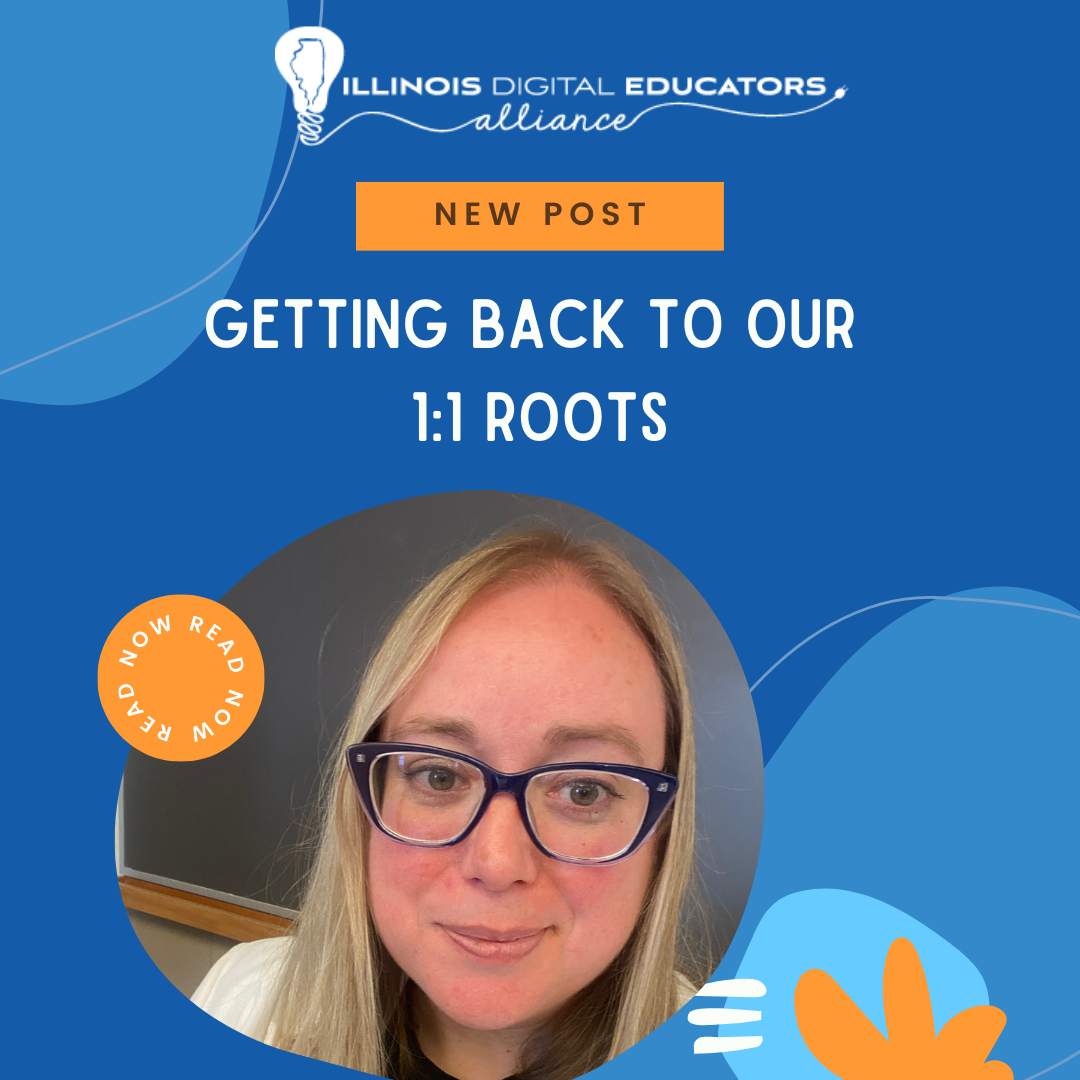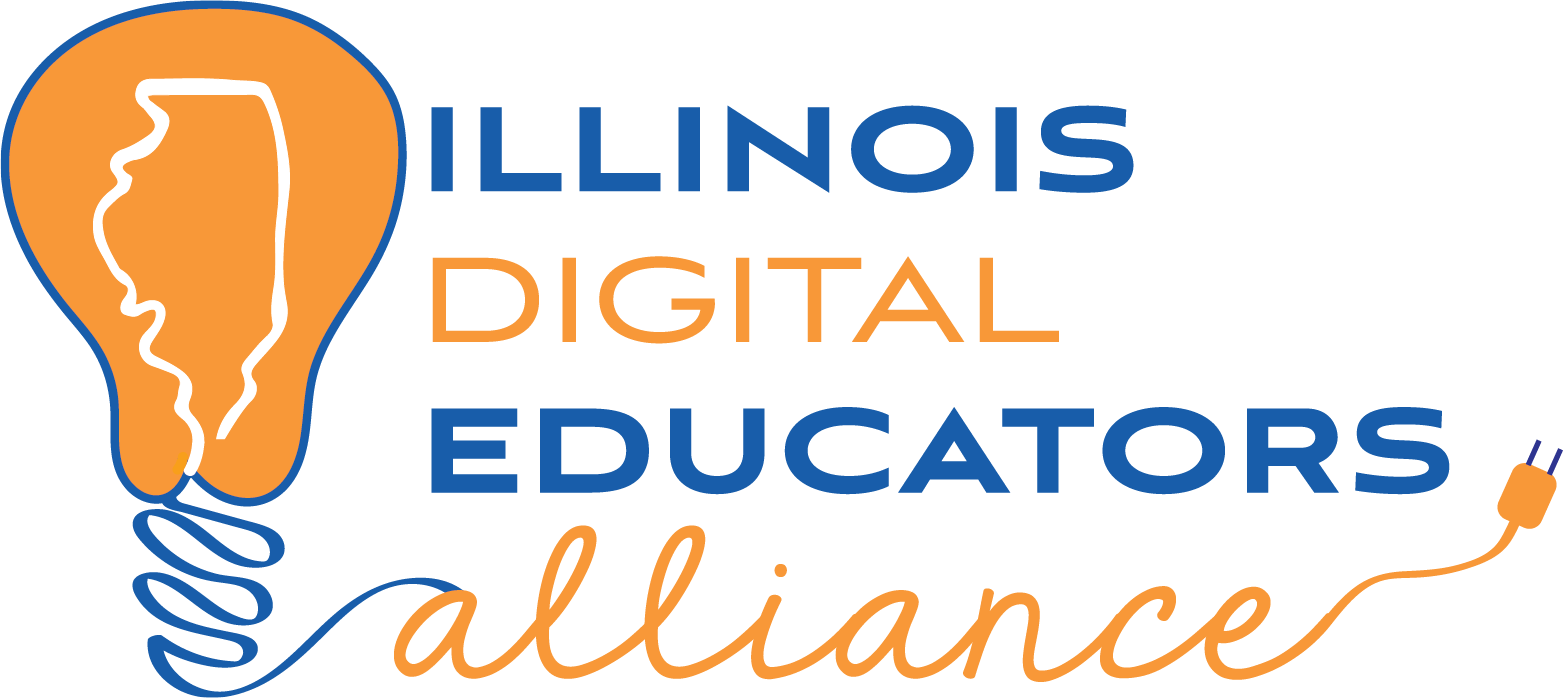Finding Balance in a World of Technology
Lately, I have been thinking about a conversation that my co-host and I had last school year with a college professor we interviewed for our podcast, CareU. She was engaging, thoughtful, and genuinely likable, the kind of guest who makes you think long after the conversation is over. At the end of the interview, I mentioned to my co-host that I would have hated being in her class. Not because the professor didn't care about learning. She absolutely did, but she banned all devices.
If I were a student in that room, I would have been lost. I've built a system that works for me. All my notes, highlights, and digital bookmarks are stored on a device, making it easy to make sense of my reading. Being told I could not use it would have felt like taking a test without my glasses. It's not that I need technology to think. It's about having developed a way of working that helps me process and remember.
That conversation made me realize something about how we handle technology as a society. We tend to react instead of reflect. We have a habit of waiting until technology creates problems before we decide what to do about it. That is how we handled cell phones in classrooms. We are doing the same thing again, only this time with AI. New technology often finds its way into classrooms before we have time to think deeply about how it should be used. Only after the problems appear do we start trying to fix them.
I enjoy using AI daily; it aids my thinking, creativity, and planning. However, I worry that tech companies are the ones setting the rules. They are building the tools, shaping the norms, and defining what responsible use looks like while the rest of us try to keep up. It feels backward. We should be deciding, as educators and as a society, how we want these tools to serve us.
We have been here before. When devices first entered classrooms, we didn't spend much time reflecting on their purpose. We plugged them in and hoped for the best. When distraction and disconnection followed, we reacted again. We banned phones. We limited devices. We focused on control. But banning is not the same as teaching. It skips the hard work of helping students learn how to make wise choices.
That brings me back to the college professor. I understand what she is trying to do. There is value in starting analog. There is something meaningful about slowing down, using paper, and finding a sense of focus away from screens. But when an entire course completely shuts out technology, we miss an opportunity. That is not the world students live in, nor is it the one they will enter when they leave school.
This raises a question I often wrestle with. Should school mirror the "real" world, or should it act as a frontline defense against the parts of that world that we feel harm students?
In my district, we have blocked social media on student devices. I see that as a good decision. We are not pretending social media doesn't exist. We acknowledge that while it is part of the world, it is not a part that belongs in the classroom. We know the toll that endless scrolling and comparison can take, so we are choosing to protect students from that during the school day. It was an intentional choice rooted in care rather than fear.
The goal should not be to eliminate technology. The goal should be to use it with purpose.
Students need help learning to decide what works for them. Some prefer a notebook. Others highlight and annotate on a tablet. Both approaches can be valid. What matters is giving students space to reflect on their choices. When we remove that opportunity, we also remove the chance to practice responsible use.
It is about being deliberate. We do not need to chase every new tool, nor do we need to shut technology out completely. Our work is to help students learn to live and work with technology wisely, creatively, and reflectively. That is how we prepare them for a world that will not slow down, a world where technology and AI are part of daily life. The question is whether we will keep reacting to change or start shaping it with purpose.

Don Sturm is in his 35th year in education. He was a high school social studies teacher for 23 years before becoming the technology integration specialist for Morton CUSD#709. While he is passionate about all things education, his main interest is helping educators reflect on their classroom practices. He is the co-host of three podcasts, Through the Educational Looking Glass, which focuses on teaching and learning, CareU which focuses on helping those raising kids be more intentional in their practices, and That’s the IDEA! which dives into fresh perspectives and innovative ideas in education.
Don has been married for 37 years and has two grown children. He loves to travel and read.




